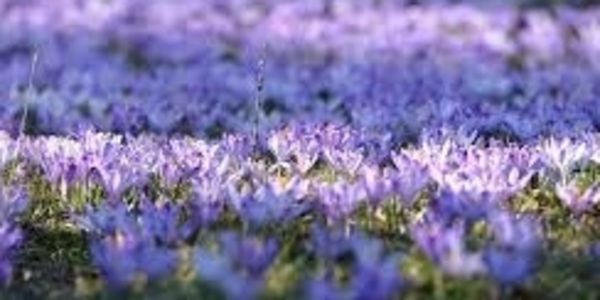
Once in 12 years Neelakurinji, a magical blue carpet in South India
The blossoms of Neelakurinji plants spread across the Western Ghats in South India like a blue carpet. In fact, the Nilgiri Hills got their name from the purple-bluish flowers that cover them when they bloom once in 12 years. The plants bloom so accurately that the Paliyan tribal of Tamil Nadu used it as a reference to calculate their age. The Kurinji plants grow at an altitude of 1300 to 2400 metres. The plant is usually 30 to 60 cm high, but under very favourable conditions, they may grow well beyond 180 cm. There are around 250 species of this plant of which 46 are found in India. Most of these species show an unusual flowering behavior, varying from annual to 16-year blooming cycles. The last time Neelakurinji flowered in Kerala and Tamil Nadu was in 2006 after a gap of 12 years. When they bloom the Nilgiri Hills and Palani Hills look amazing as it resembles a blue carpet. These plants also grow in the Eastern Ghats, some parts of Idukki and Sandur hills of Bellary district in Karnataka. These plants die immediately after producing seeds. Such plants are called gregarious flowering plants. There are various factors that induce flowering like temperature, time of exposure to sunlight, humidity and favourable circumstances for pollination, seed formation and seed dispersal. When the conditions are favourable, the receptors such as phytochromes present in the leaves will send signals to rush more nutrients, carbohydrates, sugars, water and florigens such as Gibberellins (plant hormones) to the meristems to produce floral buds. These floral buds bloom on receiving more sugars and water. However, there exist certain inhibitors in these plants and only when the inhibitors concentration falls below certain critical levels, will the flowers bloom. In Kurinji plants this happens regularly after a gap of twelve years. The period between each flowering season is called the Oscillatory Period. When the inhibitor levels in Kurinji plant falls below the critical levels, the plant prepares for both flowering and seed formation. Hence mass pollination takes place and seed formation occurs. This phenomenon of mass blooming may also be a survival mechanism to escape the complete destruction of the population by seed/flower predators and is termed `predator satiation’. Animals like Jungle fowl and small mammals prey on kurinji seeds. By mass flowering and seed formation, the predators are simply outnumbered so that survival of species is ensured.
